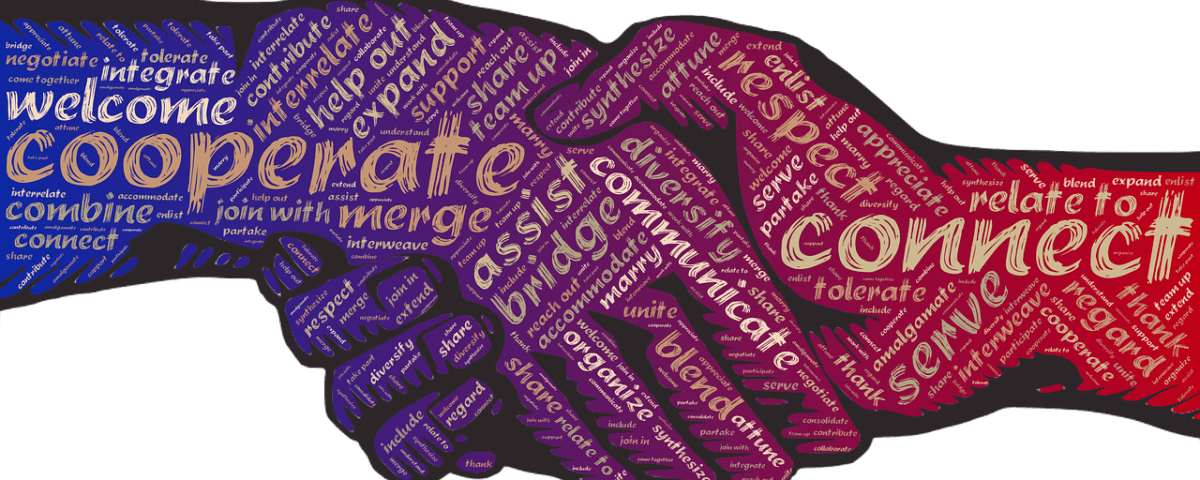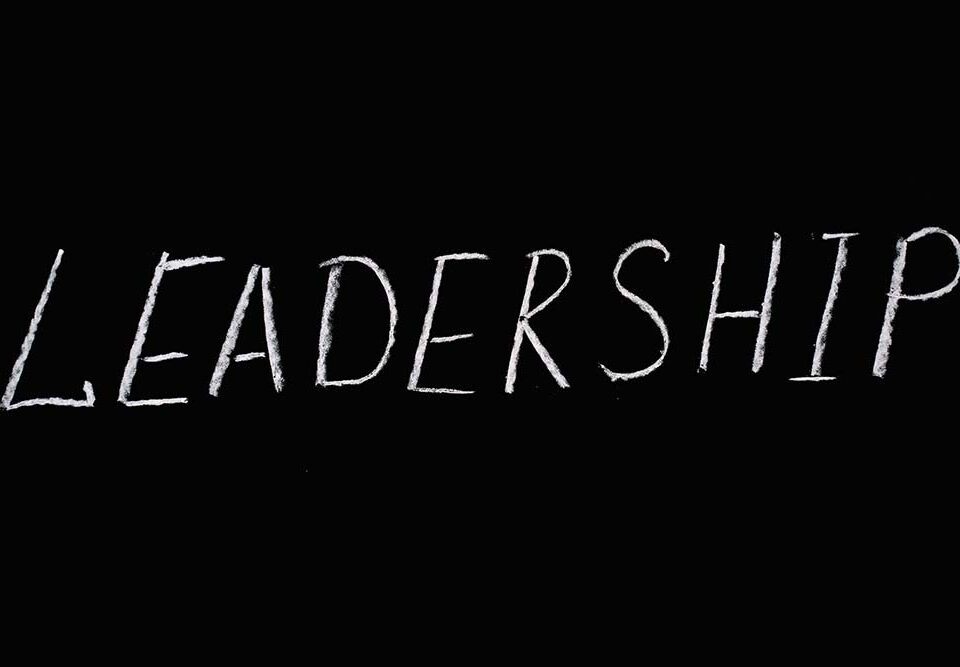- Management Consulting Firm
- +27 11 268 5597
- info@stratalign.co.za
From the Influence of Power to the Power of Influence

Seven Key Challenges for Leadership for the Future of Work.
January 28, 2021
Six Keys to Becoming a More Empathetic Leader
March 1, 2021Alan Brews – CEO StratAlign – February 2021
Adversarialism and the Influence of Power
Historically workplace relationships in South Africa and beyond have been largely based on the exercise of power, sometimes dictatorially, sometimes paternalistically, and sometimes benevolently. The assumptions of the power paradigm are that the more senior you are, the more power you have, the more important you are, the more you know, and the more you should get paid. This is simply not true in the modern world. Widespread access to information and the ability to communicate effectively using technology, telecommunications and social media has levelled the playing field considerably and heralded the need for a different workplace paradigm. In short, this power paradigm is becoming increasingly obsolete in the post-industrial world. This power paradigm has resulted in adversarial relationships between companies, their employees and organised labour. Such adversarialism remains the dominant characteristic of employee relations in most workplaces.
The alternative we are proposing is a Partnership Paradigm. In its simplest form this paradigm views the workplace as a collaboration between people based on common interests.
Partnership and the Power of Influence.
The Partnership Paradigm is an alternative philosophy for the entire workplace – indeed for the whole of life. It is an alternative to the Power Paradigm that has dominated the workplace since the industrial revolution.
It does not represent a denial of power rather an alternative exercise of power. The Partnership Paradigm is the shift from power as control, domination and hierarchy to power as participation, collaboration, dialogue and ultimately partnership.
In our view, power is an inevitable manifestation of human life. Wherever human beings interact the phenomenon of power is evident. We can hypothetically dream of a human society without power relations but realistically this is an unrealistic expectation. Consequently, our intention is not to undermine the inevitability of power relations but to transform the way they are manifested and exercised. Our hope is that across ideological and political divides people can make the quantum shift of recognising that at a more productive and mutually beneficial workplace will not result from the juxtaposing of power with power but through the embracing of common interests as a basis for cooperation and partnership and the resolve to address divergent interests through dialogue and the power of influence.
We are not, however, naïve about workplace realities. We accept that the organisational system associated with work makes it inevitable that significant divergent issues exist and will always prevail unless the system changes. For instance, workers will always compete for a bigger slice of the pie with management and shareholders. Nonetheless, there are two noteworthy sets of common interests between Management and Employees in the workplace:
Firstly, there is a common interest in the sustainability and success of the company. This has multiple dimensions e.g.
Common Interests for the Company
- The more successful the company the bigger the pie the greater the share for everyone.
- Job security for employees and management is contingent upon company success.
Common Interests for the Employee
Secondly there is a common interest in the wellbeing of employees. This too manifests itself in different ways e.g.
- Research has shown conclusively that happier people are more productive people although it is astounding that far too many leaders somehow still miss or deny this!
- Employee safety is a common concern. Only the most heartless of employers would deny this.
There are multiple dimensions of the partnership paradigm. These include transformed leadership styles, different ways of engaging using dialogue, problem solving and mutual gains strategies. Here we argue that the ability of partners in the workplace to successfully influence one another is a critical dimension of the shift toward workplace partnership.
Rosabeth Moss Kantor was prophetic when she wrote in her 1989 book When Giants Learn to Dance:
“The new kind of business hero… must learn to operate without the might of the hierarchy behind him. The crutch of authority must be thrown away and replaced by their own ability to make relationships, use influence and work with others to achieve results. Influencing is an important managerial skill for now and in the future.”
So, what does it mean when the power Leadership is exercised as Influence?
What follows are the four dimensions of the anatomy of influence.
The Four Dimensions of the Anatomy of Influence.
Influence as Personal Brand
The primary dimension of the power of influence relates to you as a person. What is your personal brand? How do you show up in the workplace? Here are some useful pointers about personal brand.
- Recognize that you have personal brand – it is either defined by your or for you.
- Ask: Who am I? It’s about who you really are not how you think people want you to be?
- Ask how you are currently perceived?
- Ask how do I want to be experienced?
- Intentionally show up in the way you want to be perceived.
Influence as Impact
The cornerstone of influence is being able to impact the lives of people and the workplace. These are the critical questions to ask:
- How do you impact people’s lives?
- Do you inspire them?
- Do people learn and grow with you?
- What about you would other’s like to emulate?
Having asked these questions consider these ten ways to enhance your impact in the workplace:
- Live your brand – be yourself.
- Show that you are inspired.
- Talk possibility.
- Get people talking about their highest aspirations and LISTEN.
- Show people that you believe in them.
- Show empathy.
- Learn to coach.
- Share information.
- Pause to help people learn.
- Take people with you on a journey.
Influence as Connection
People are influenced by those with whom they feel connected. An ability to connect is thus key to influencing. Do people connect with you and you with them?
Consider these four C’s as thoughts to assist with connection:
- Care – show care, compassion, empathy, reciprocity.
- Competence – people need to be confident that you know what you are doing. Keep learning.
- Credibility – acting with integrity. Influence is not manipulation.
- Consistency – unchanging values. People should not experience you differently.
Influence as Organisational Intelligence
And finally, the ability to influence depends on understanding how organisations work and how best to work within the framework of organisational systems and processes. In almost every organisation there is some contrast between how we would like things to be achieved and how they are actually achieved.
These eight aspects may help you enhance your organisational intelligence:
- Understand your organisation and how it works both formally and informally. Know how things actually work and how the organisation would like things to work.
- Network to build social capital, get to know people strategically.
- Think before responding, considering context and goals before deciding when and how to express themselves.
- Pay close attention to nonverbal cues – study body language.
- Listen actively.
- Practice consideration and non-judgement.
- Seek common interests. Always ask yourself “why?” people are doing what they are do.
- Leave people with a good impression, without coming across as “trying too hard.”
The beauty of influence is that it does not require a title or authority. People can exercise influence from anywhere in an organisation. The creates the potential for organisations to become partnerships between all the stakeholders who work in it.
-END-




